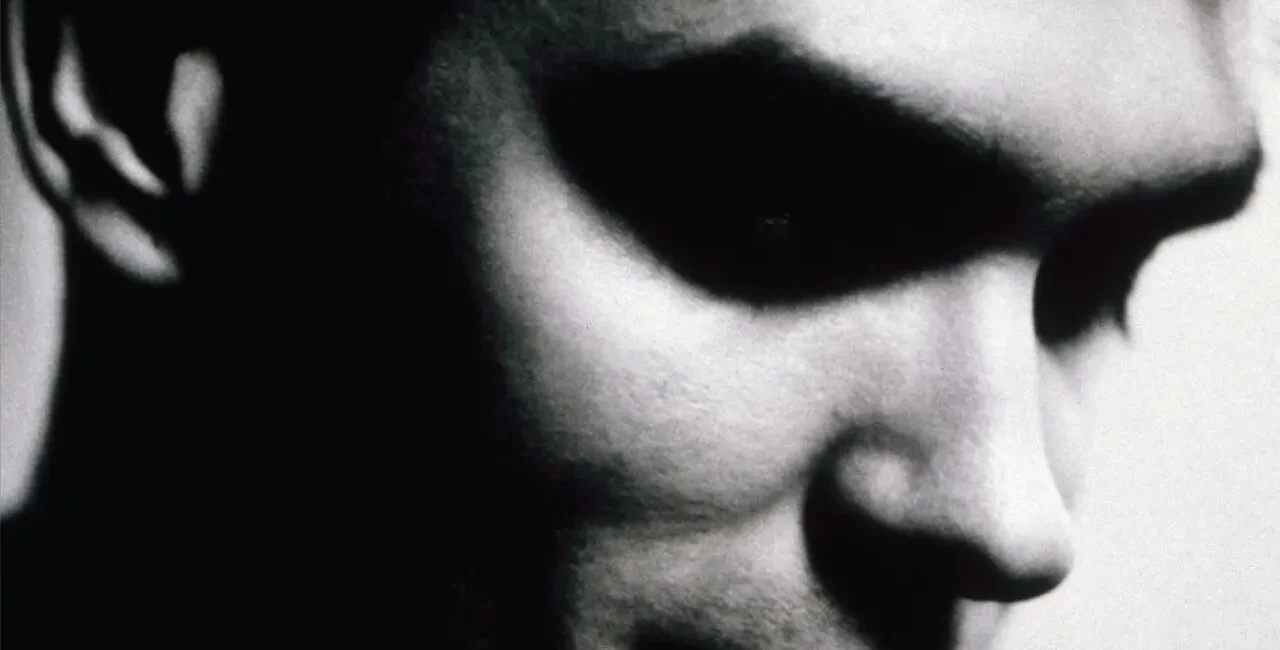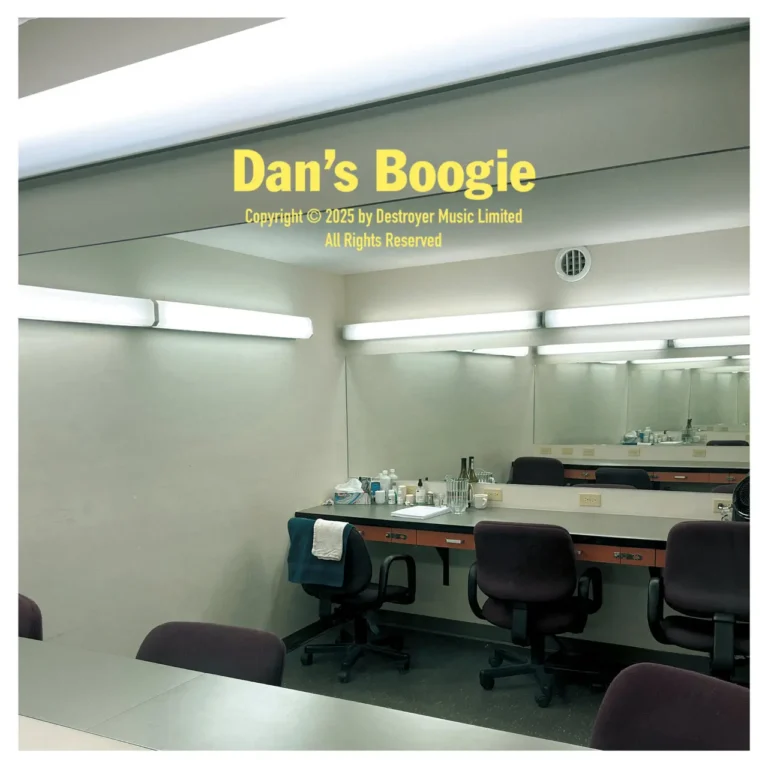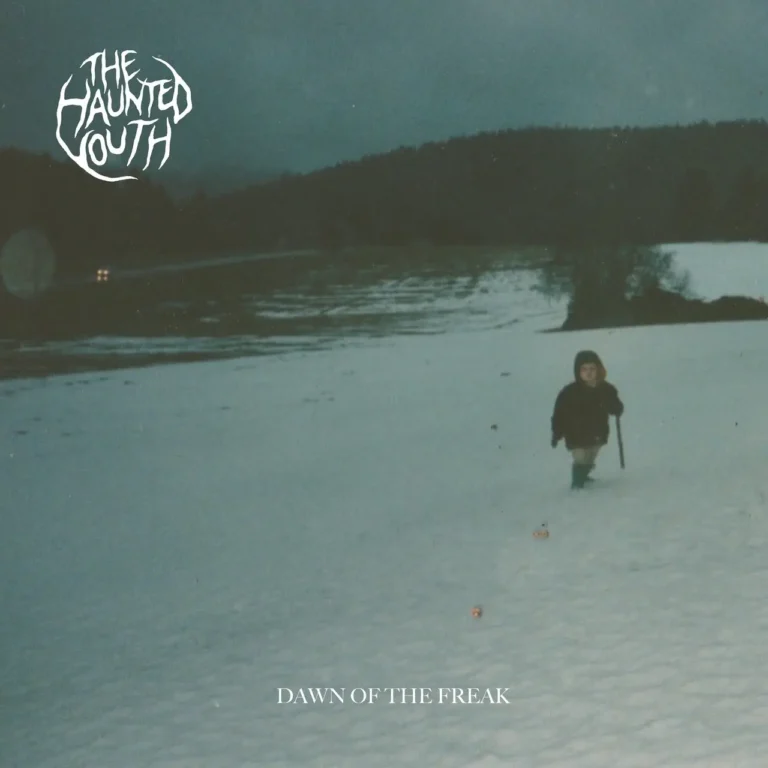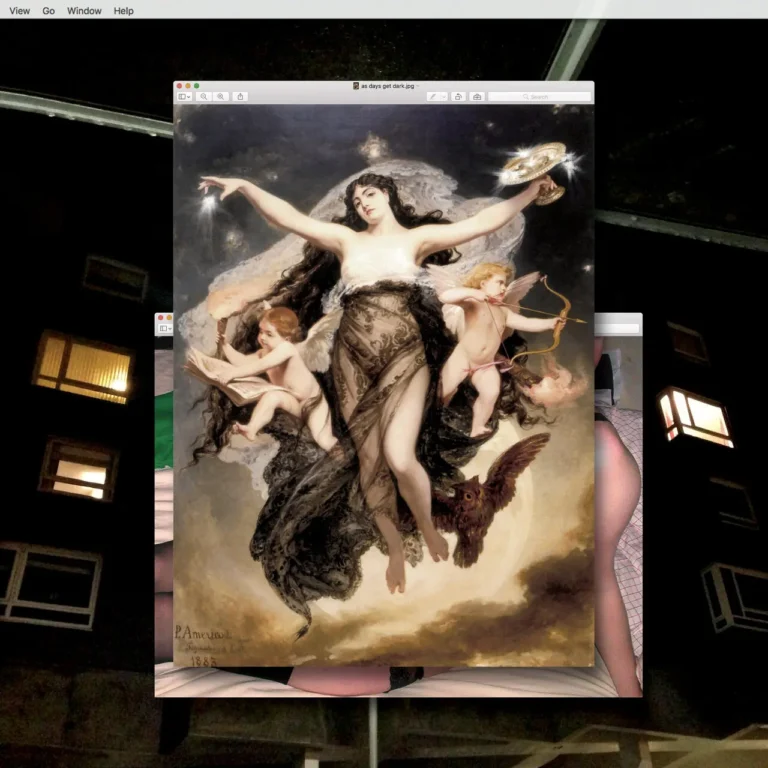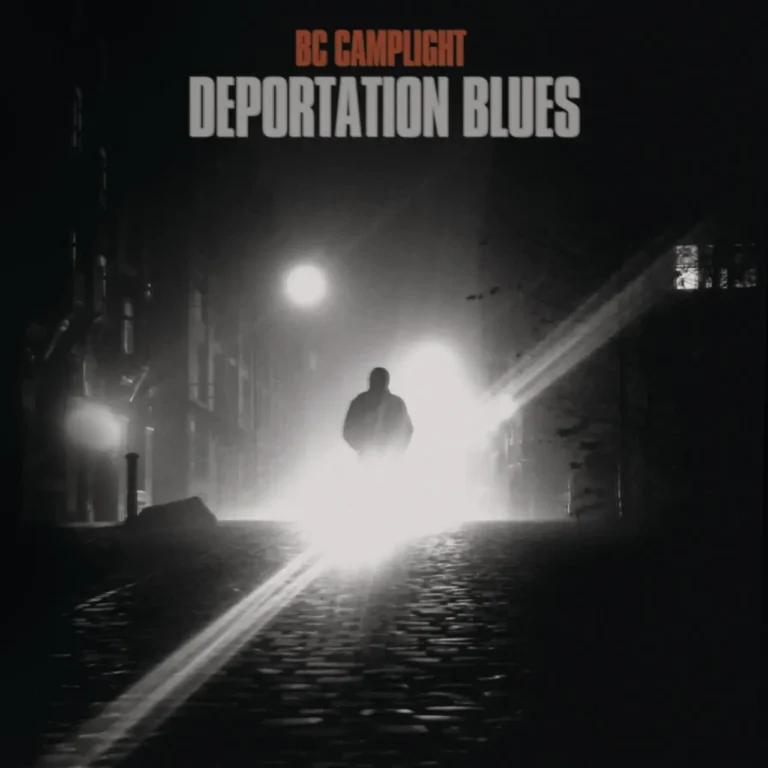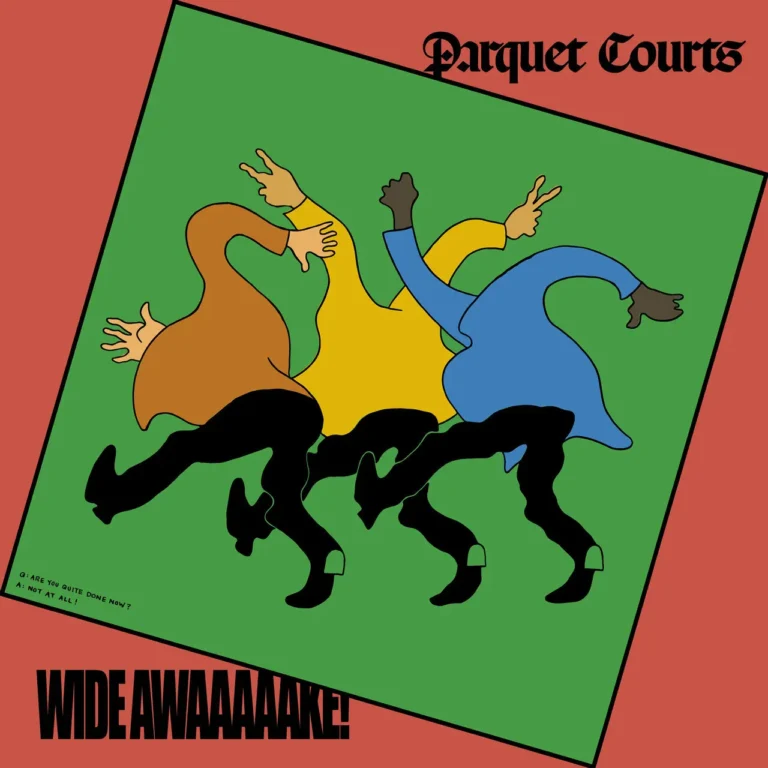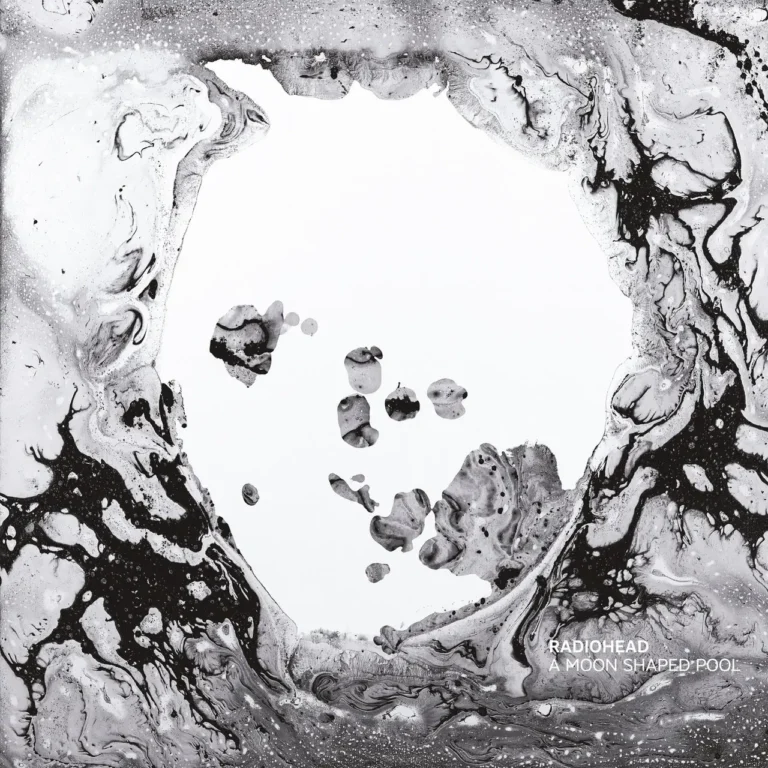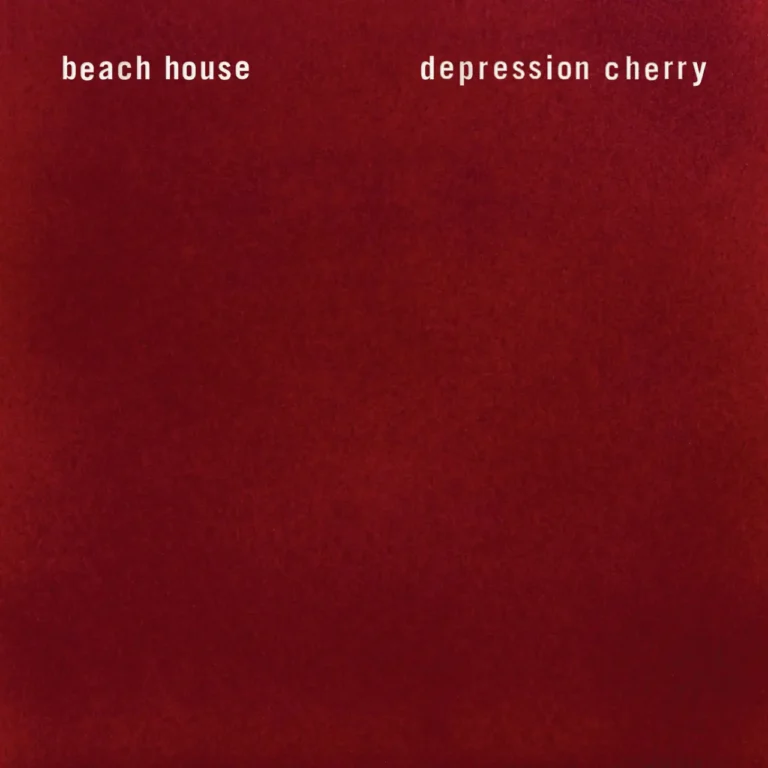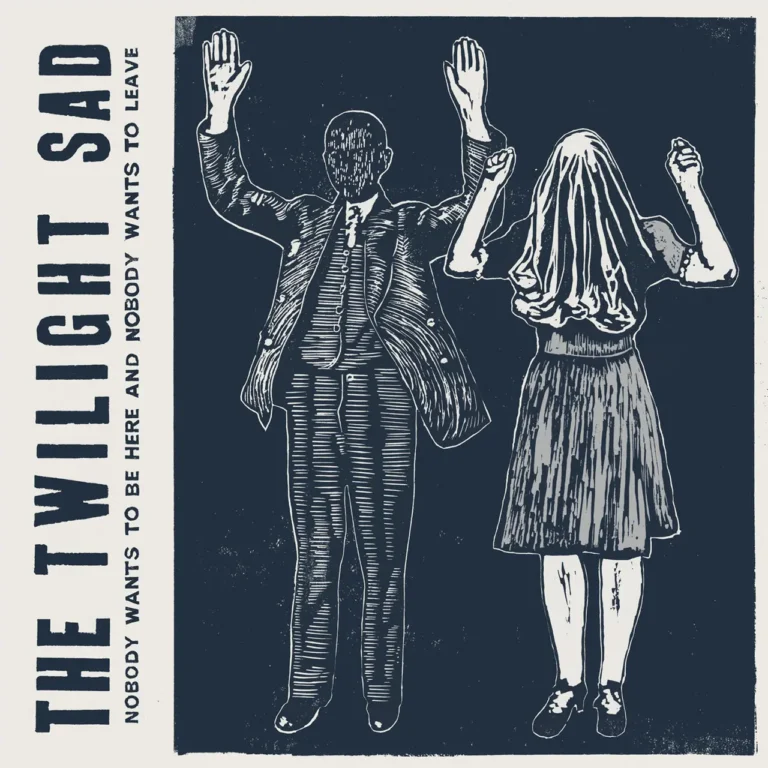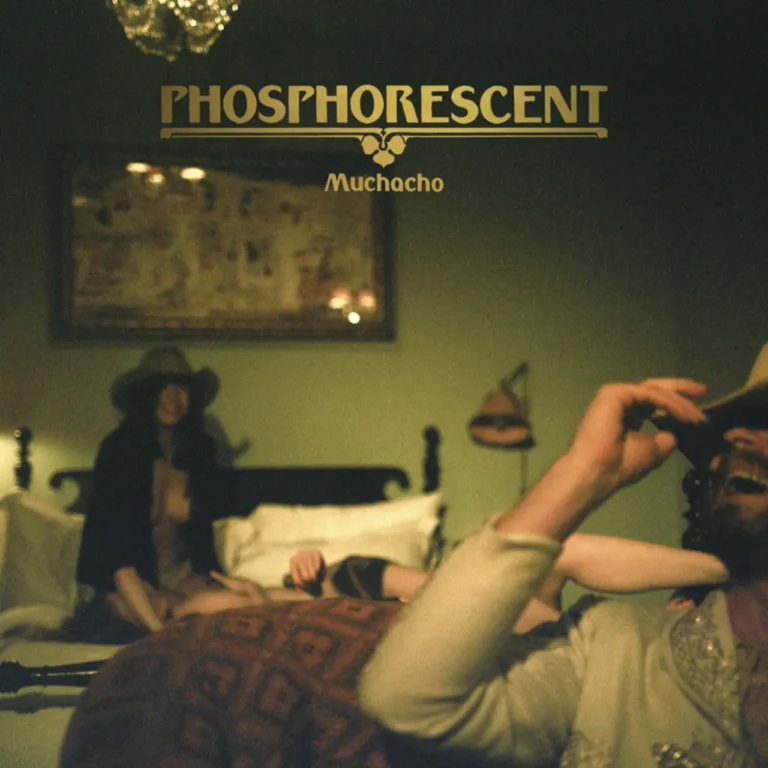"Suedehead" is Morrissey's debut solo single, released in 1988 and co-written with Stephen Street (who also produced). The song is regarded as a quintessential Morrissey classic, both for its emotional intensity and for signaling his successful transition from The Smiths to solo artist status.
Lyrical Themes & Meaning
The lyrics of "Suedehead" delve into the aftermath of a relationship marked by lingering attachment, regret, and boundaries being crossed. The narrator questions why a former lover (or close friend) keeps returning and reaching out—through unexpected visits, phone calls, and notes—despite knowing it causes pain:
"Why do you come here
And why, why do you hang around?
I'm so sorry…
Why do you come here
When you know it makes things hard for me?"
As the song unfolds, Morrissey describes a more intrusive act:
"You had to sneak into my room
Just to read my diary
It was just to see... all the things you knew I'd written about you…"
This moment signifies a breach of privacy, suggesting unresolved obsession or curiosity on the visitor’s part. The repeated refrain, “it was a good lay,” juxtaposes physical intimacy with the emotional discomfort and complexity present throughout the song, hinting at the contrast between physical satisfaction and emotional fallout567.
Interpretation:
- The song is broadly understood as reflecting someone who was once close—romantically or otherwise—lingering in the narrator’s life even after the connection has frayed. The protagonist is both frustrated by and drawn to this presence, torn between annoyance, nostalgia, and regret15.
- Morrissey himself has acknowledged that the lyrics are drawn from a figure in his own teenage years but has declined to specify further2.
Title and Cultural Context
The title “Suedehead” refers to a UK youth subculture of the early 1970s—essentially skinheads who had grown out their hair a bit and softened some of the movement’s harder edges. Morrissey was fascinated with the word itself and its association with a period marked by intensity and outsider identity; he’s noted the subculture’s influence on his worldview and style25.
While the song shares its title with the 1971 Richard Allen novel about this subculture, Morrissey has stated he chose the word mainly for its sound and connotations, rather than as a direct reference to the book2.
Sound and Legacy
- Musically, the song features jangling guitars, a melodic bassline, and a Smiths-esque arrangement, rooted in Stephen Street’s songwriting and production29.
- "Suedehead" reached No. 5 on the UK charts and remains a fan favorite, frequently played at Morrissey’s concerts.
- The track’s introspective and bittersweet tone is often cited as a hallmark of Morrissey’s lyricism, resonating with listeners experiencing their own unresolved breakups or complicated friendships35.
In summary, "Suedehead" is a song about the lingering, uncomfortable echoes of a relationship that’s over but not yet faded, blending regret, intrusion, and emotional honesty within the unique cultural backdrop that Morrissey often explores125.
